Astronomy
-
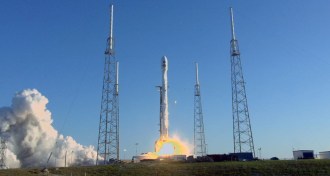 Astronomy
AstronomyNASA’s TESS spacecraft launches to begin its exoplanet search
After reaching its orbit in about two months, the telescope will start scanning nearby stars telltale dips in light that signal a passing planet.
-
 Astronomy
AstronomyDelayed launch of NASA’s next exoplanet hunter is now set for tonight
NASA’s next exoplanet hunter, TESS, launches today to seek planets in 85 percent of the sky.
-
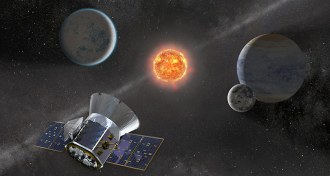 Astronomy
AstronomyWith the launch of TESS, NASA will boost its search for exoplanets
The Transiting Exoplanet Survey Satellite will set the stage for the next chapter of exoplanet exploration.
-
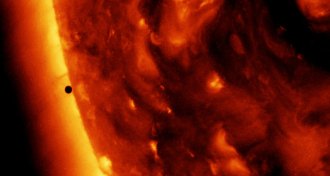 Physics
PhysicsEinstein’s general relativity reveals new quirk of Mercury’s orbit
A tiny effect of general relativity on Mercury’s orbit has been calculated for the first time.
-
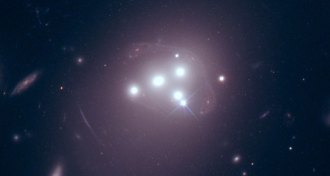 Astronomy
AstronomyDark matter isn’t interacting with itself after all
Hints that a distant galactic collision knocked dark matter askew fizzled with new observations.
-
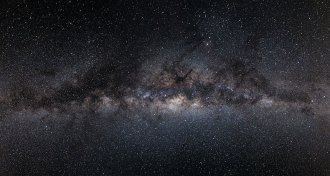 Astronomy
AstronomyA dozen new black holes found in Milky Way’s center
Twelve small black holes spotted in the Milky Way’s center suggest thousands more in the galaxy’s inner region.
-
 Cosmology
CosmologyWhy the Nobel Prize might need a makeover
In Losing the Nobel Prize, astrophysicist Brian Keating discusses the downsides of science’s top honor.
-
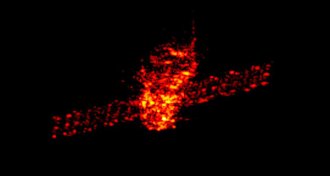 Astronomy
AstronomyA Chinese space station will fall to Earth this weekend
The Chinese space agency’s first space station is coming back to Earth this weekend. It probably won’t cause damage, but it will cause fireworks.
-
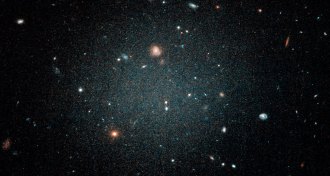 Astronomy
AstronomyDark matter is MIA in this strange galaxy
A galaxy without dark matter bolsters the case that the invisible substance really exists.
-
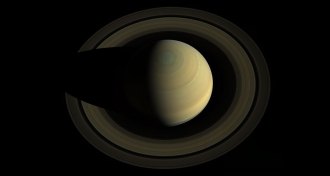 Planetary Science
Planetary Science5 things we’ve learned about Saturn since Cassini died
The Cassini spacecraft plunged to its death into Saturn six months ago, but the discoveries keep coming.
-
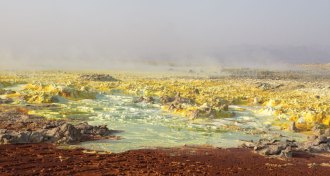 Earth
EarthWill Smith narrates ‘One Strange Rock,’ but astronauts are the real stars
Hosted by Will Smith, ‘One Strange Rock’ embraces Earth’s weirdness and explores the planet’s natural history.
-
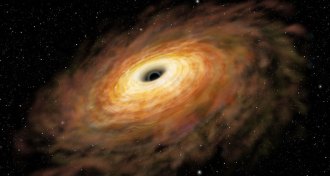 Astronomy
AstronomyAstronomers can’t figure out why some black holes got so big so fast
Early supermassive black holes are challenging astronomers’ ideas about how the behemoths grew so quickly.